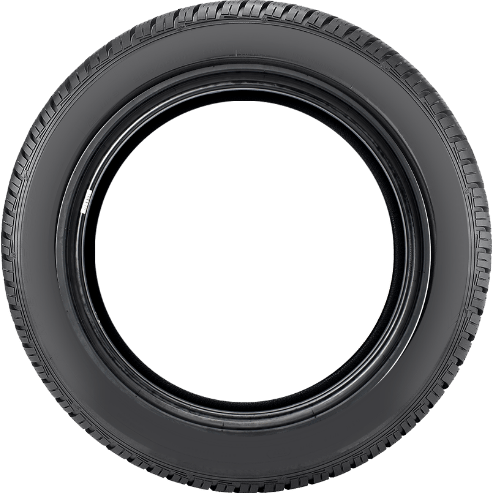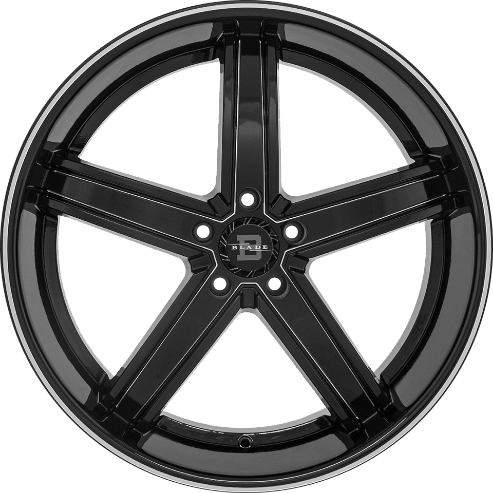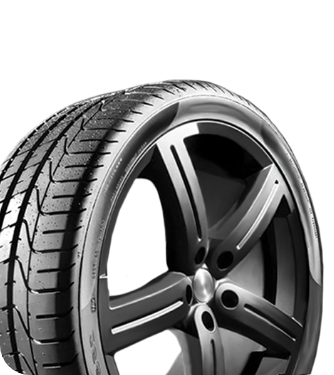
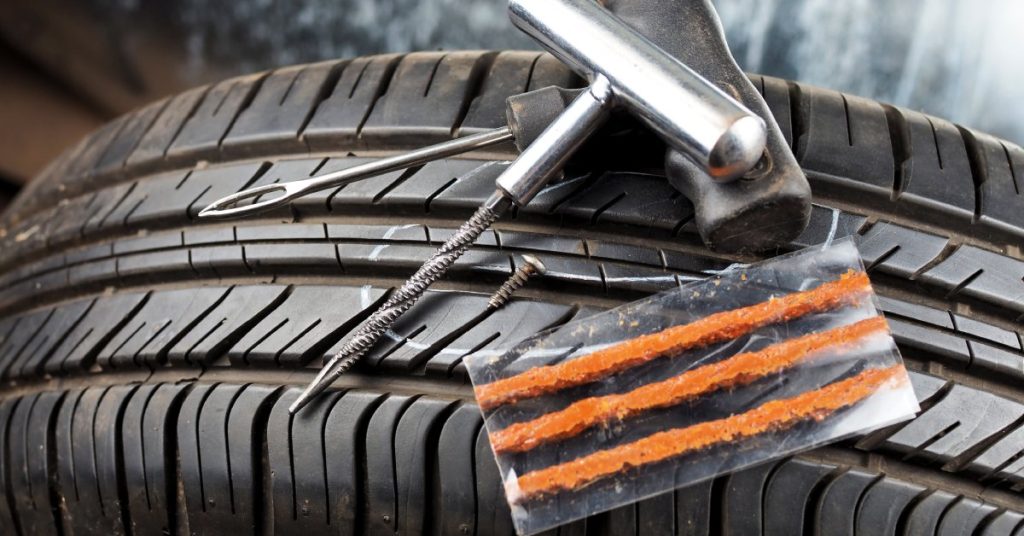
The Pros and Cons of Tire Patches vs. Plugs
Tires |Flat tires are stressful. No matter when they happen, you are always faced with the choice of how to fix it. Do you replace it with your spare or use an alternative method? Should you choose a tire patch or a plug?
Both methods are reliable, but knowing which is best can save you time and money. Both a tire patch and plug have pros and cons to their uses, but knowing the difference is essential to keeping your car and yourself safe.
What Is a Tire Patch?
Tire patches are pieces of rubber that you can use to seal a puncture from the inside of a tire. To add it, you must remove the tire from the wheel, inspect it thoroughly, and apply the patch to the puncture area from the inside of the tire.
Benefits of Tire Patches
Depending on the problem with your tire, tire patches might be the best option to preserve the tire. Tire patches are a trusted solution for repairing punctures and restoring the tire’s integrity.
Tire patches provide excellent durability. Because they seal the puncture from the inside, they’re less likely to loosen over time. Patches are ideal for larger punctures or damages in the tread area, and a well-applied patch can extend the life of your tire.
Since patches adhere to the inner surface of the tire, they provide a more secure and permanent fix. This decreases the chances of a blowout. You can drive as you normally would without worrying about high speed further damaging the tire.
Patching requires removing the tire, giving technicians a chance to inspect for any hidden damage, like sidewall splits or secondary punctures. Without a thorough inspection, you could encounter unexpected future problems with your tire.
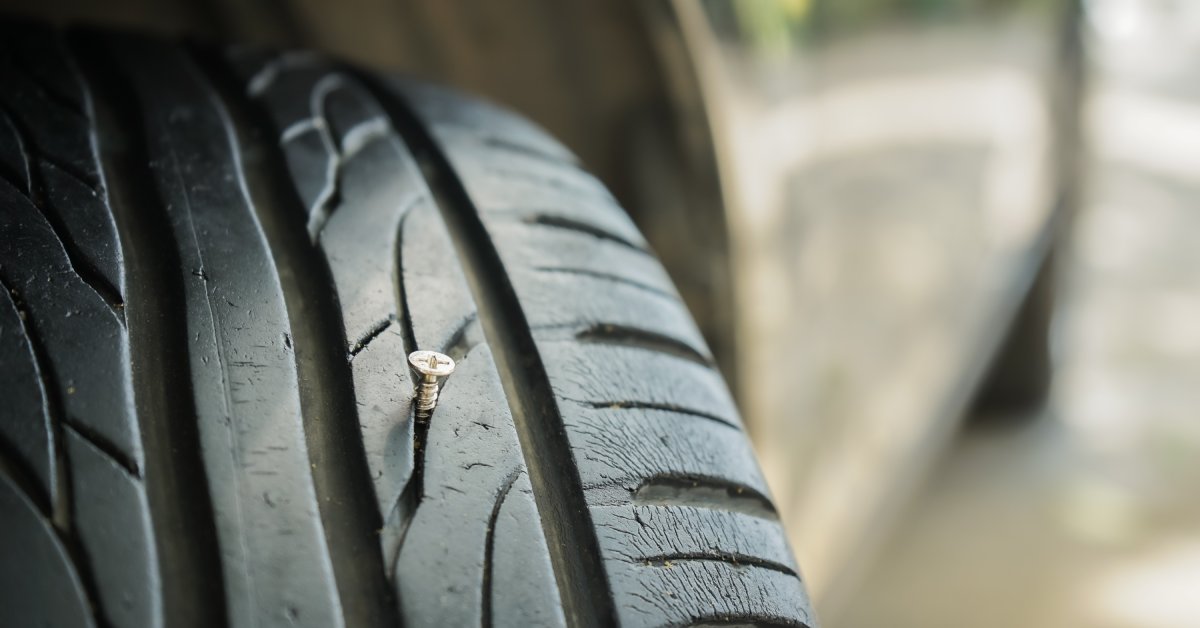
Drawbacks of Tire Patches
While tire patches offer benefits, they also have downsides. Their design does not work for every tire issue, so consider these challenges when deciding how to address your tire issues.
Time-Consuming Process
Installing a patch takes longer than a plug. A mechanic must remove the tire and then inspect, clean, and repair it, which can add time to the repair process. If you’re looking for a faster solution, a tire patch may not be the best option.
Higher Costs
Tire patches tend to cost more than plugs due to the additional labor and materials required for their installation. You can try to find a cheaper repair shop that works within your budget, but this repair will still be more expensive than the plug.
Not Suitable for All Damage
Patches are great for tread punctures but cannot fix sidewall damages or punctures that exceed one-quarter of an inch. It’s important to use a spare tire in the case of any severe incident, such as a tire blowout, rather than relying on a tire patch or plug.
What Is a Tire Plug?
A tire plug is a strip of rubber or synthetic material inserted into a puncture from the outside of the tire. It fills the hole left by the object, sealing the tire quickly and effectively. You can use the plug for simple punctures to the tire, such as a nail or screw.
Benefits of Tire Plugs
Tire plugs are a convenient and cost-effective solution for repairing minor punctures in a tire’s tread. They provide a quick fix that gets you back on the road without the need for extensive repairs. Perfect for emergencies, tire plugs are popular due to their simplicity and accessibility.
Plugs are quicker and easier to install than patches. Many drivers can perform the repair themselves with minimal tools, making it a practical option during emergencies. A tire plug kit can help streamline the process and help you seal the puncture in minutes without removing the tire from the rim.
The straightforward nature of plugging makes it less costly compared to patches. This makes it an ideal solution for roadside emergencies that require prompt attention and cost-effective solutions. A tire plug kit typically costs between $10 and $25, meaning it is an economical choice as well.
If you’re dealing with a straightforward puncture caused by a nail or screw, a plug can provide a quick and effective fix. There’s no need to visit a mechanic or repair shop; you can install the plug yourself and continue driving on the road.
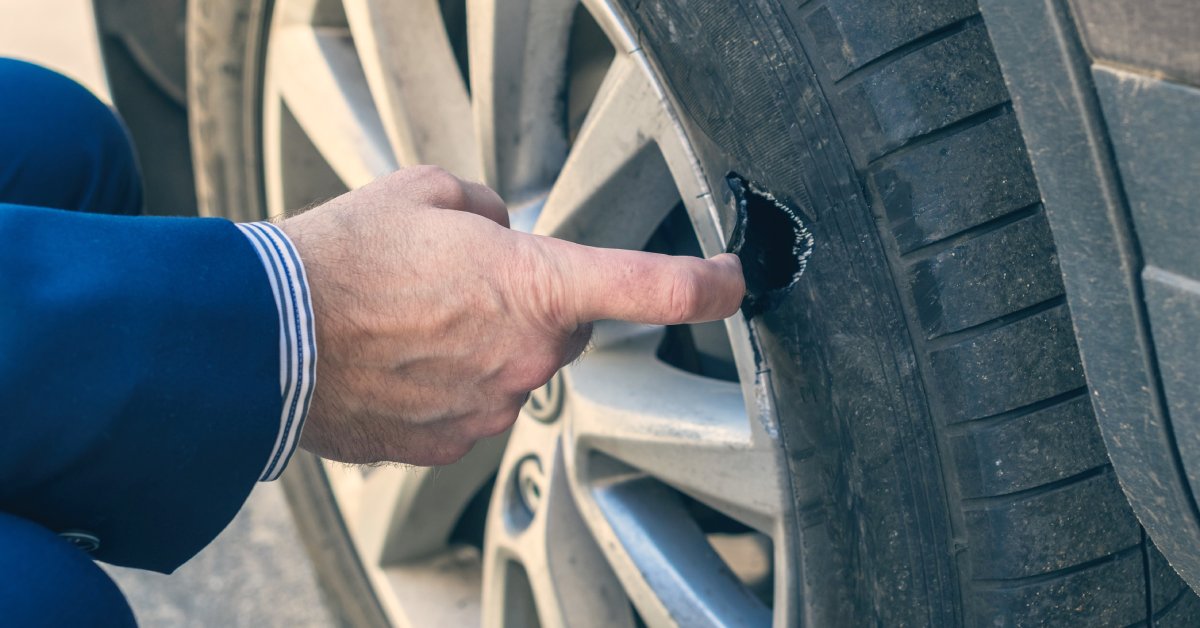
Drawbacks of Tire Plugs
Depending on the situation, a tire plug may not be the best option for you. Several factors can influence how you use the plug and whether it will work for you.
Less Durable
Plugs aren’t as long-lasting as patches, especially if installed improperly. Installing them yourself can also lead to problems, as they’re more prone to loosening over time, which can result in air pressure loss.
Limited Usefulness
Small, straight punctures close to the tread are the main purpose of using a tire plug. They can’t effectively repair larger holes or those near the sidewall. Attempting to use them for those kinds of holes could lead to more damage to the tire.
Safety Concerns
It’s harder to determine the extent of the damage to the tire after making this kind of repair. The nature of this fix could leave underlying issues unresolved, posing a safety risk as you continue driving with the plug. If you notice any problems with the tire while driving, bring your vehicle to a repair shop to inspect the tire and determine if additional repairs are necessary.
Tire Patches vs. Plugs: Which Should You Use?
Where you stand in the “patch vs. plug” debate depends on your specific situation. The damage to your tire also affects what you would use, as tire patches are better suited for larger problems, while plugs are used to fill small holes.
Tire patches are also a better long-term solution to your tire issue, while plugs are more suitable for a short-term solution. The durability of tire patches is beneficial, but they are more expensive and require more time to install. However, vehicle owners can install tire plugs themselves, and they are relatively inexpensive as a trade-off for not lasting as long as other repairs.
Depending on your situation, you would choose either one of these plugs. Patches offer a long-term solution for larger problems, while plugs are beneficial for small holes that you can more thoroughly address at a later time. How you choose to deal with a tire hole is up to you, but make sure you know what your car needs before deciding on either solution.
Drive With Confidence
Whether you opt for a patch, plug, or a combination of both, understanding your options empowers you to make informed and safe decisions for your vehicle. Both the tire patch and plug method have pros and cons, but what matters most is addressing tire damage promptly and effectively to avoid further risks.
At RNR Tire Express, we offer our best tire products and flat tire repair services for your vehicle. For the best tires in McAllen, visit our experts in store—we’re here to help you find the right fix for your car. If replacement is necessary, we offer a wide selection of tires for you to choose from. Contact us today to learn more about the best tires and tire maintenance solutions for your car.


